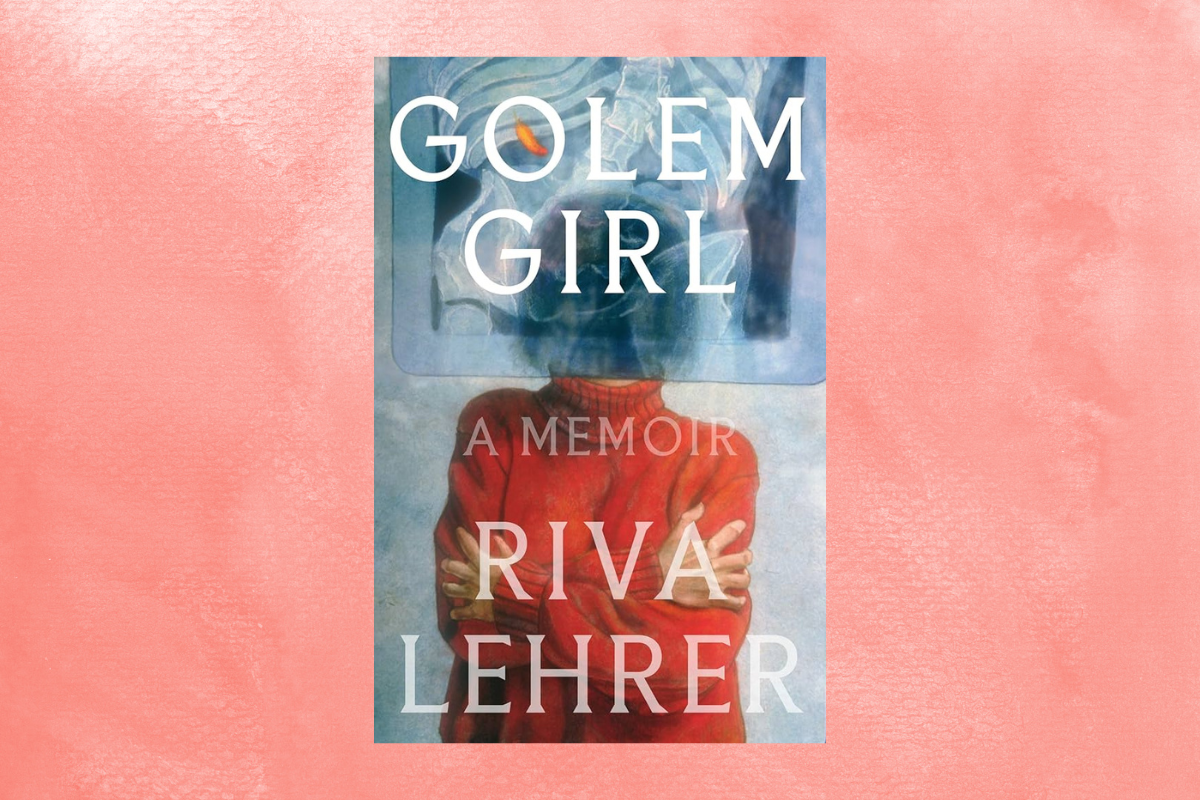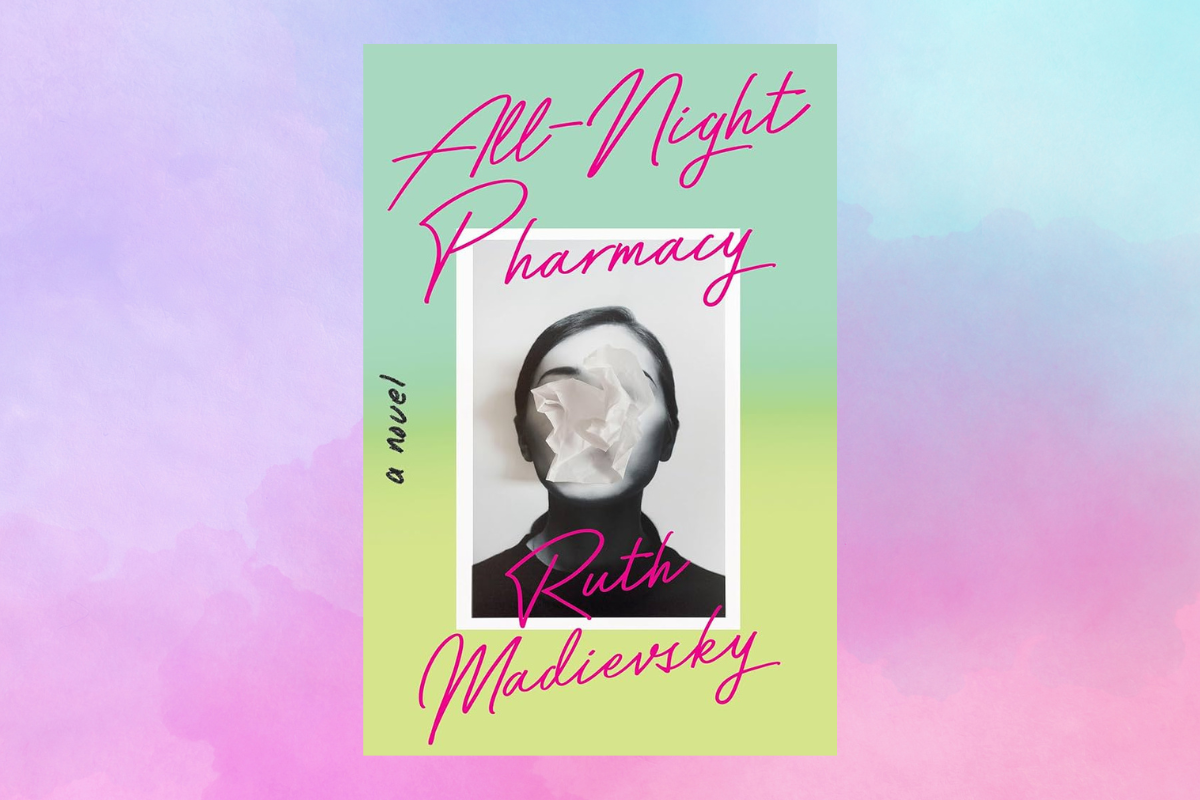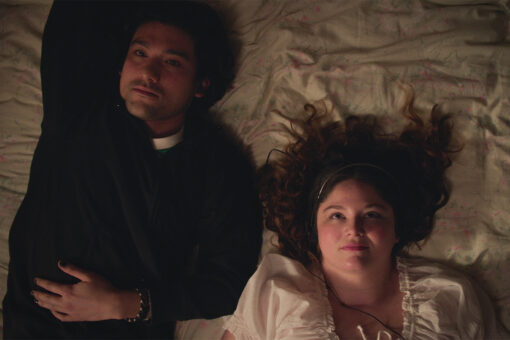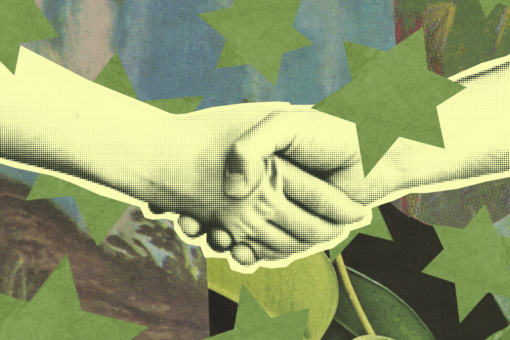Preparing for the High Holidays is more than buying tickets for services and organizing a break-fast meal, essential as those tasks are. It’s deep, soulful work. Jewish ritual and law dictates cheshbon hanefesh during Elul; or, in other words, that Jews should be introspective and take an account of their lives during the final month before the Jewish new year. But sometimes it’s hard to know where to begin. Reciting Psalm 27 and listening to shofar blasts daily — traditional Elul customs — don’t resonate with everyone.
So what’s an introspective Jew to do?
We here at Hey Alma may have a solution. Reading and engaging with the written word is an easy enough way to stimulate inner contemplation. So we’ve compiled a list of 17 books with themes of renewal, the human condition, healing, new life, seeking forgiveness and more. Some of these books are about Jewish topics written by Jewish authors. Others do not have explicitly Jewish subject, nor are they written by Jews, but they contain worthwhile ideas to think about this season. The books on this list span genre from poetry collection to memoir to novel to guide to Dickensian tale. (Yes, really.)
All should assist you in finding a reflective mood for the Days of Awe, Rosh Hashanah, Yom Kippur and beyond:
1. “This Is Real and You Are Completely Unprepared” by Rabbi Alan Lew

This wouldn’t be a High Holiday book list without “This Is Real and You Are Completely Unprepared.” Despite being published in 2003, it has become a classic and oft-recommended tool for preparing yourself for the High Holidays.
As Andrew Silow-Carroll, editor-at-large for the New York Jewish Week, wrote last year,”‘This Is Real’ is an attempt by Lew, a Conservative rabbi trained in Buddhist practice, to get perhaps jaded readers to see the period that includes Rosh Hashanah, Yom Kippur and Sukkot as a time for deep spiritual introspection — or, as he writes, a time to ‘move from self-hatred to self-forgiveness, from anger to healing, from hard-heartedness to brokenheartedness.'”
Though the book isn’t without its shortcomings, Silow-Carroll writes, “That hybrid of the traditional and the much-maligned ‘New Age’ continues to appeal to readers.”
2. “Lifeform” by Jenny Slate

If you’re familiar at all with Jenny Slate‘s work, you probably know that the Jewish comedian went through a divorce in 2016 that shook her to the core. Her latest book “Lifeform” is all about her finding new life afterwards. Slate divides the book into five phases that describe the embodied experience of being single, falling in love again, being pregnant, having a baby and more. The essay collection is whimsical at times and otherworldly at others, but in total it speaks to healing brokenness and finding joy.
3. “The Amen Effect” by Rabbi Sharon Brous

Rabbi Sharon Brous is dedicated to mending our broken hearts and the world. Her book “The Amen Effect” is her effort to do just that.
“Sharon Brous — a leading American rabbi — makes the case that the spiritual work of our time, as instinctual as it is counter-cultural, is to find our way to one other in celebration, in sorrow and in solidarity. To show up for each other in moments of joy and pain, vulnerability and possibility, to invest in relationships of shared purpose and build communities of care,” the Bookshop description reads.
“We have to find people who see the world in a way that helps us feel seen, and helps us feel less alone. And those people do exist in the world, it’s just not necessarily going to be reflected in the pages of our press, it’s not necessarily going to be reflected on social media,” Rabbi Brous told Hey Alma when the book came out.
She continued, “And so the question is, can we trust that there are others who are holding complex realities like we are, and in whom we can take comfort by seeing them and being seen by them? I see this as both a moral and spiritual imperative in our time.”
4. “Stay True” by Hua Hsu

After someone dies, Jews tend to refer to them with the phrase, “May their memory be a blessing.” Though this book is about a Taiwanese experience, not a Jewish one, the blessing of memory is the essence of “Stay True.” The memoir of New Yorker writer Hua Hsu, “Stay True” mainly reflects on Hsu’s time as an undergrad at UC Berkeley in the ’90s. There, as Hsu figures out who he is and how his immigrant familial experience fits into an American context, he befriends a fellow student named Ken. What comes to pass is a beautiful friendship which is ultimately ripped apart by a senseless act of of violence. “Stay True” acts as both a rumination on what it means to come of age and belong, and how we remember the ones we love.
5. “The Year of Magical Thinking” by Joan Didion

“The Year of Magical Thinking” is perhaps the definitive text on moving forward in life. Writing through the year after her husband’s death and daughter’s health struggles, Joan Didion analyzes and reanalyzes the loss and shares how her emotions shift over time. As we move into the New Year and the Days of Awe, considering who is written and sealed into the Book of Life, “The Year of Magical Thinking” could make for a meaningful companion.
6. “Golem Girl” by Riva Lehrer

In illustrated memoir “Golem Girl,” Jewish American artist Riva Lehrer describes her experience with spina bifida and searches for freedom and connection in a society afraid of strange bodies. It’s an important text for all, disabled and non-disabled alike, and can inspire one to reflect on their own embodied experience as well as consider how to make the world a more accessible place.
7. “Stranger in the Desert” by Jordan Salama

Every year on Passover, Jews remind ourselves of what it was like to be strangers in the land of Egypt and to wander in the desert. The title of writer Jordan Salama‘s second book “Stranger in the Desert” evokes this Jewish liturgy, and the memoir itself is firmly rooted in the experience of Jewish wandering. And yet, it, too, has a lot to offer for the High Holidays. For the person reflecting on where they come from and what it means to be a Jew in diaspora, “A Stranger in the Desert” provides a window into Jordan Salama’s experience doing the same.
“‘Stranger in the Desert’ transports readers from the lonely plains of Patagonia to the breathtaking altiplano of the high Andes; from the old Jewish quarter of Damascus to today’s vibrant neighborhoods of Buenos Aires,” the synopsis reads. “It is also a fervent journey of self-discovery as Salama grapples with his own Jewish, Arab and Latin American identities, interrogating the stories families tell themselves, and to what end.”
8. “A Christmas Carol” by Charles Dickens

“A Christmas Carol”? For the High Holidays? Surprisingly, yes. Though steeped in a Christian context, “A Christmas Carol” tells the story of a flawed man forced to reckon with the harm he’s caused and rehearse his own death. As a result, he performs teshuvah!
9. “The Jewish Book of Days” by Jill Hammer

The High Holiday season is not only a time to get more in tune with ourselves, but also a time to get more in tune with the Earth. In “The Jewish Book of Days,” writer Jill Hammer offers up daily readings which connect the Torah and the rhythm of the natural world. “‘The Jewish Book of Days’ is divided into eight chapters of approximately forty-five days each. These sections represent the tree’s stages of growth — seed, root, shoot, sap, bud, leaf, flower and fruit — and also echo the natural cadences of each season,” the description reads. “Each entry has three components: a biblical quote for the day; a midrash on the biblical quote or a Jewish tradition related to that day; and commentary relating the text to the cycles of the year.”
10. “The Joy of Connections” by Dr. Ruth Westheimer

If you’re looking to think about finding new friendships or reviving old ones in the new year, this is the book for you. Written by the famed sexologist Dr. Ruth and published posthumously, “The Joy of Connections” is part self-help book and part memoir.
“The chapters are organized by importance, starting with Self, Family, Friends and Lovers, Community and Technology. Her suggestions are practical and very doable; some examples include performing an act of kindness, getting a dog, preparing what to say before going into a room full of strangers or taking a class,” Hey Alma contributor Shani R. Friedman explained.
She adds, “The text instructs its readers to be intentional and purposeful with relationships, and reminds us that we must curate and nurture them.”
11. “The Human Condition” by Hannah Arendt

Jewish writer and philosopher Hannah Arendt is best known for her coverage of the trial of Nazi Adolf Eichmann in Jerusalem. However, her other work, like “The Human Condition,” are equally as powerful. This work considers the issues of political freedom and human agency in conjunction with continued technological advances. Though written in 1958, the book still poses important questions about the state of the world and of humanity today.
12. “The Art of Blessing the Day” by Marge Piercy

Poetry is perhaps the most introspective writing genre, so we had to include a collection of poems on this list. “The Art of Blessing the Day” both celebrates the Jewish experience and shows readers how to find holiness in all moments.
13. “All Fours” by Miranda July

Considering upending your entire life or searching for new freedom this Rosh Hashanah? “All Fours” is probably the book for you. Per Bookshop, the synopsis is as follows: “A semi-famous artist announces her plan to drive cross-country, from LA to NY. Thirty minutes after leaving her husband and child at home, she spontaneously exits the freeway, checks into a nondescript motel and immerses herself in an entirely different journey.”
14. “All-Night Pharmacy” by Ruth Madievsky

According to Hey Alma deputy managing editor Vanessa Friedman, “All-Night Pharmacy” examines themes of superstitions, queerness, Jewish diasporic culture, generational trauma, lineage, toxic relationships and “what modern Jewish women owe ourselves and each other as we figure out how to exist in this world.” She continued, “Through the book, our narrator tries to parse out her various roles in life: as the daughter of a mentally ill mother, the granddaughter of an immigrant grandmother, the sister of Debbie, the spiritual project of Sasha, but most importantly: as herself.”
15. “Midnight Library” by Matt Haig

Per the Bookshop synopsis: “Somewhere out beyond the edge of the universe there is a library that contains an infinite number of books, each one the story of another reality. One tells the story of your life as it is, along with another book for the other life you could have lived if you had made a different choice at any point in your life. While we all wonder how our lives might have been, what if you had the chance to go to the library and see for yourself? Would any of these other lives truly be better?”
“The Midnight Library” tells the story of a woman asking herself these questions as she travels through these books. While author Matt Haig isn’t Jewish, this novel brings forth the kinds of questions one should ask themselves around the High Holidays while creating magical imagery not unlike the Book of Life.
16. “Becoming Eve: My Journey from Ultra Orthodox Rabbi to Transgender Woman” by Rabbi Abby Chava Stein

Books about women leaving the ultra-Orthodox Jewish community is a genre unto itself. Among them, “Becoming Eve” by Rabbi Abby Chava Stein is a poignant stand out. The book tells the story of Rabbi Stein’s upbringing in Hasidic Williamsburg as the first son in a family descended from dynastic rabbis. However, as a child Abby knew that she was a girl. In the memoir, Rabbi Stein recounts how she left her family, community and past life behind her in order to be the person and woman she was always meant to be.
17. “The Storied Life of A.J. Fikry” by Gabrielle Zevin

Before “Tomorrow and Tomorrow and Tomorrow,” Gabrielle Zevin wrote “The Storied Life of A. J. Fikry.” It’s a tale about a lonely bookseller and second chances, reminding readers that we are all deserving of them.



